PRESTO PLANS
Sent straight to your inbox
CLICK HERE TO ACCESS
Sign up to receive 10 ready-to-use ELA resources your students will love!
10 FREE ELA RESOURCES
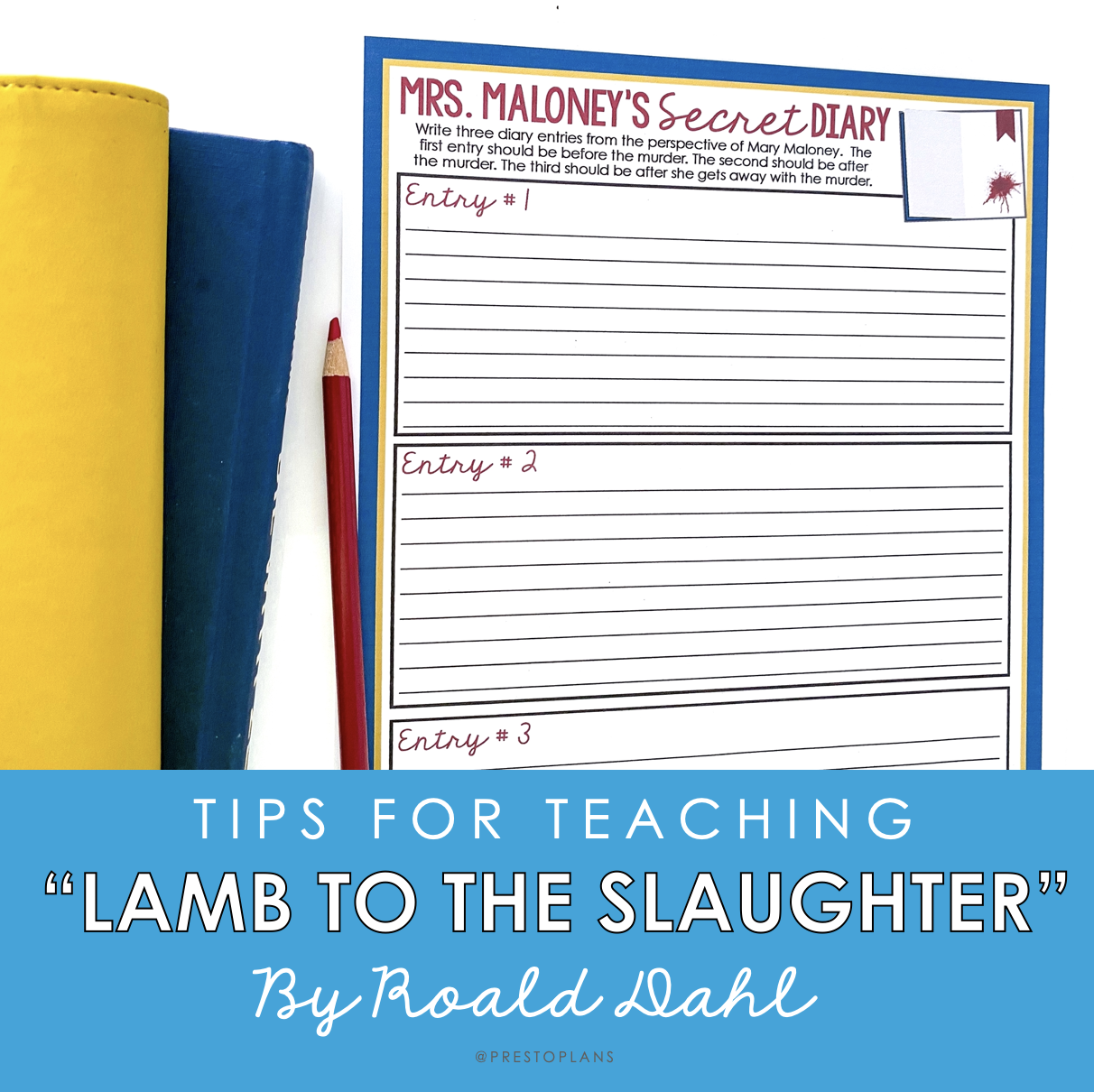
Teaching Lamb to the Slaughter by Roald Dahl
If you are teaching “Lamb to the Slaughter” by Roald Dahl, you may be looking for tips and strategies for analyzing the story. I wanted to take this opportunity to share my best tips for helping you navigate all elements of this classic tale with your students.
In “Lamb to the Slaughter,” Mary Maloney, a loving and devoted housewife, receives the terrible and unexpected news that her husband is leaving her. Mary, in her incredible shock, enters a trance and commits an unspeakable act that no one sees coming.
So, where to begin when teaching this short story? Below are some tips to bring this story to life for your middle or high school students.
Build Background Knowledge
Before introducing any short story to your students, I would suggest providing any context that students may need to fully understand the background of the story. When teaching “Lamb to the Slaughter,” I like to provide relevant information on the following two elements of context in particular:
- Author
- Genre
Start by giving students a little bit of background information on Roald Dahl himself and explore the genre of the story (dark comedy). Sharing this information in advance will encourage students to keep an eye out for distinguishing features of this genre as they read. For example, the dark comedy genre categorizes stories that deal with serious subject matter in a humorous way. Giving students this information before reading will change the way they interpret the events in the story.
With its intriguing title, “Lamb to the Slaughter” provides a uniquely entertaining opportunity for students to make pre-reading predictions about the text. Ask them what they think the story is about based solely on the title. After you finish reading this as a class, you will be able to go back to this and see who, if anyone, was close!
Pre-Reading Discussion
Before diving into the story, I always get students to answer a series of pre-reading discussion questions in small groups. The goal with these questions is to get students emotionally invested in the story even before they read the first sentence. Questions that provoke students to make text-to-self connections are ideal for this. Here are a couple that have worked for me in the past:
- “How do you react when you are shocked or surprised by something?”
- “What does a healthy relationship look like to you?”
Reader’s Theater
When it comes to reading the actual story, I like to use the reader’s theater method. A little tip: ask for volunteer readers the day before and print out a script for each character highlighting each of their individual parts. Then, send them home with this the night before. This will ease student anxiety and make the big performance go much more smoothly.
I bring in some basic costume props (and by bringing in, I mean swipe from the school’s theatre costume room) and have students come to the front of the class to read their lines and act out the scene. I usually read the narrator’s part myself. However, if you have a strong and confident reader in your class, they could also certainly do it!
Here is a list of what you might want to have for costumes and props:
- Yarn/thread and needle
- A glass
- Something that looks like a leg of lamb (I just stuff a brown paper bag – see picture below)
- Potatoes, a can of beans, and cheesecake (you can also just print pictures of these things)
- A woman’s dress (for Mary)
- An apron (for the grocer)
- Dress shirts with police badges (print a badge) for Patrick, Noonan, and O’Malley
Plot Diagram Game
How are your students at identifying the five elements of plot in a story (exposition, rising action, climax, falling action, and exposition)? By getting them to map out a plot diagram for “Lamb to the Slaughter,” you can help enrich your students’ understanding of this story through a deeper engagement with its narrative arc. I like to add a competitive element to this by making it into a game. I give students a series of quotes that are each representative of one of the five elements. Each quote is assigned a number. Students must place each quote in the proper location on the diagram to unveil the right code!
Post-Reading Questions
Next, I like to get students to respond to analysis questions that provoke them to dive a little deeper into the text. You can get students to complete these independently, in small groups, or even as a collaborative activity where they walk around the class and answer questions together printed on chart paper. Present these however you see fit, but do take this opportunity to cover things like characterization, foreshadowing, text evidence, symbolism, and other aspects of the story that deserve their close attention. For this, I try to have my own answers prepared ahead of time. This helps ensure the discussion is as focused as possible.
Analysis Notes
Then, I fill in the gaps by doing just a little bit of lecturing, providing some analysis notes on the story. For these, I might analyze individual characters in more detail, discuss important themes that emerge (I focus on those of guilt and identity, for example), and dramatic irony, which definitely should not go unmentioned when teaching “Lamb to the Slaughter.” I find this to be a good opportunity to bring up or emphasize certain important points about the story that your students are less likely to articulate themselves during class discussion.
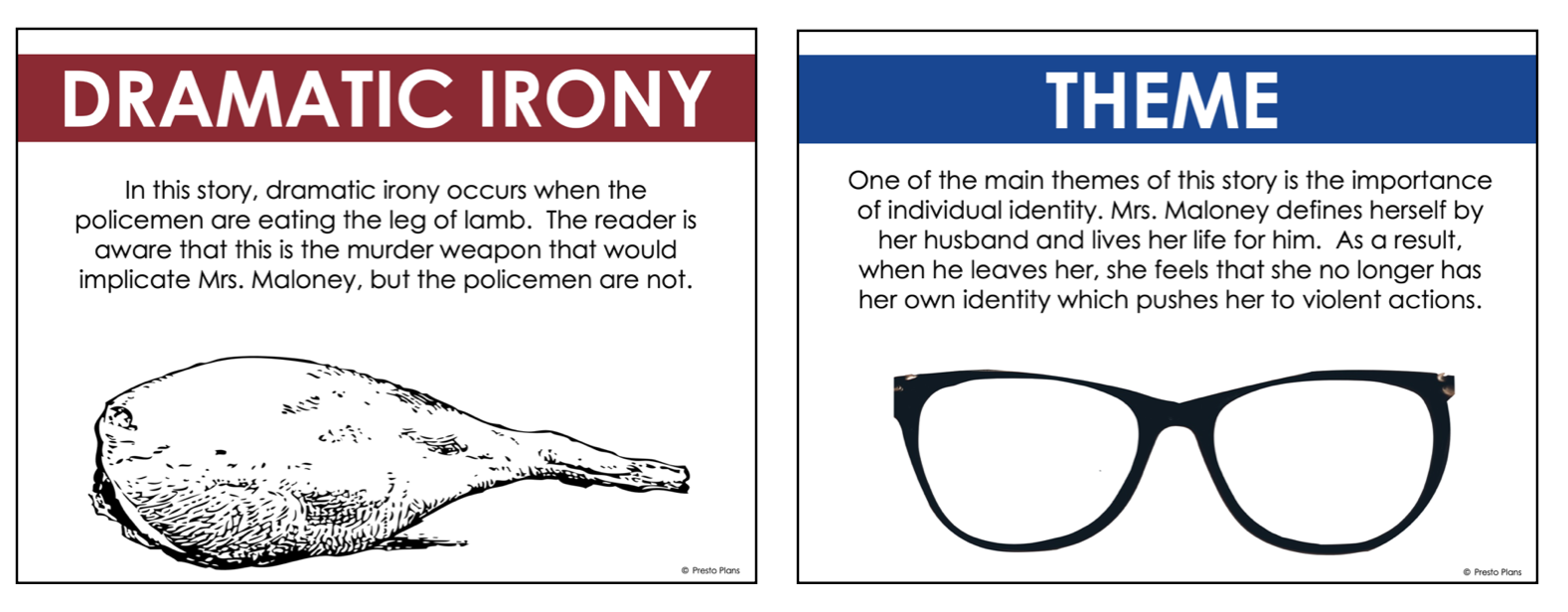 Creative Responses
Creative Responses
Now, to help students retain all the information you have gone over as a class and use critical thinking, you can use creative responses. There are two different types of creative responses I like to use for this short story in particular, and they are the following:
- Mrs. Maloney’s Secret Diary: For this activity, I get students to write three diary entries from the perspective of Mary Maloney, each from different key moments in the story to reflect her character’s substantial transformation. One entry will be from before the murder, one immediately following the murder, and one after she gets away with it.
- Police Investigation Report: For this one, students pretend they are Jack Noonan and need to provide details for a report that is submitted after he finished his investigation at the Maloney household. They need to use text evidence when they share information on the scene, evidence, and witnesses.
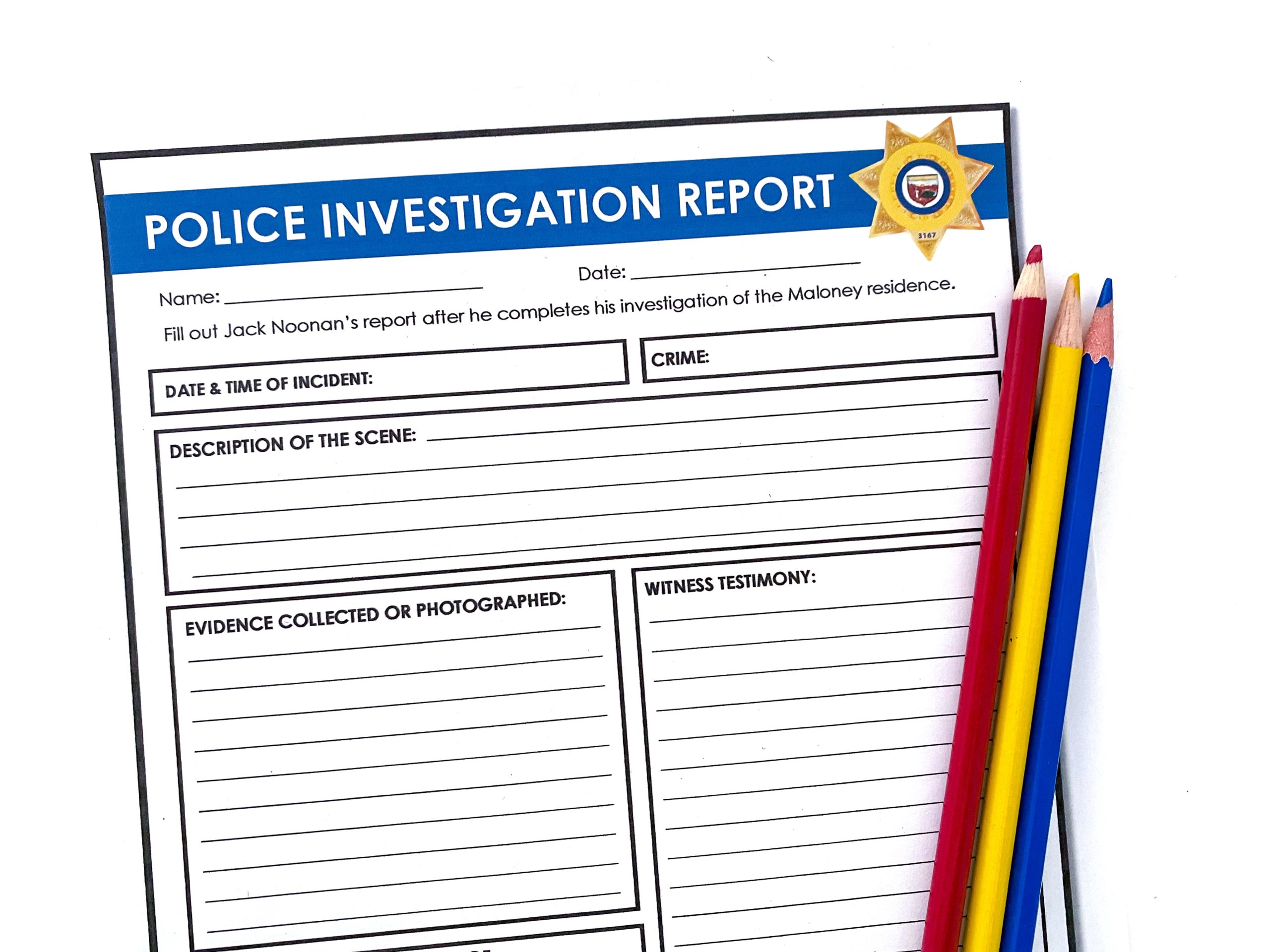 Video Interpretation
Video Interpretation
Have you seen the Alfred Hitchcock adaptation of “Lamb to the Slaughter” yet? I typically like to end by showing this to the class and then having them identify five differences they notice between the short story and the video.
There you have it! I have always found teaching “Lamb to the Slaughter” by Roald Dahl to be a rewarding and entertaining experience. If you would like to grab a ready-to-teach bundle with all the resources mentioned above, you can grab all of my resources by clicking the button below:
 Prefer to grab it on TpT? No problem, just click here.
Prefer to grab it on TpT? No problem, just click here.
Here is what a few teachers who have used these resources already had to say:
- “Perfect resource to use with this short story! I taught it for the first time this year, and it’s exactly what I was looking for.” Marissa B.
- “I love this story and this was a great resource for the class. A time-saver, but allowed for a full class discussion and participation!” Amanda H.
-
This was so much fun to use! I loved the questions because they created an engaging discussion. My favorite was Mrs. Maloney’s diary entries! My students had so much fun responding to the prompts! Thanks again for this awesome resource!” Eman
Looking for more stories like this one? Check out this blog post on my favorite spooky stories to teach in middle and high ELA.
Search the blog for what you are teaching
GIVEAWAYS
sent straight to your inbox!

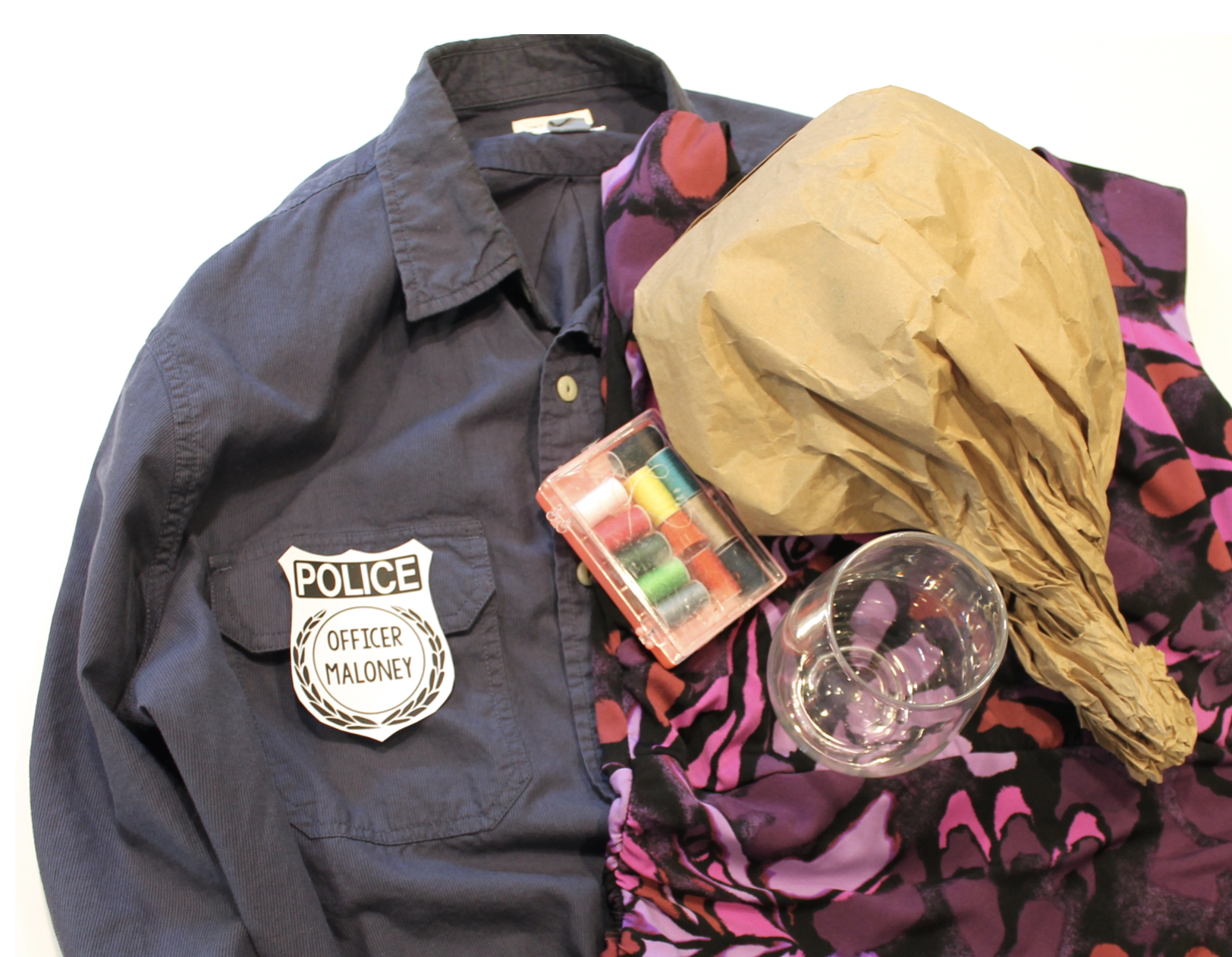
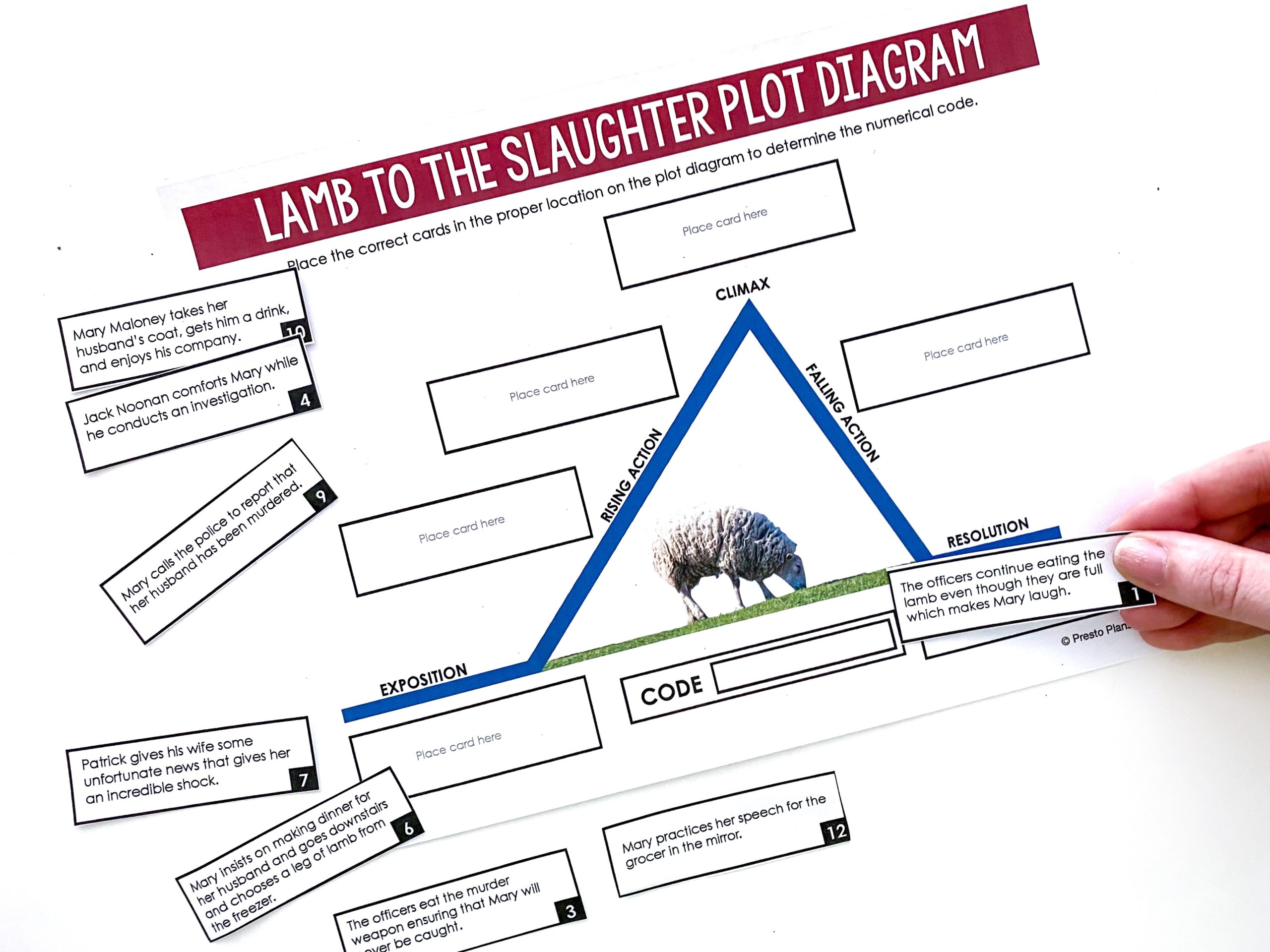
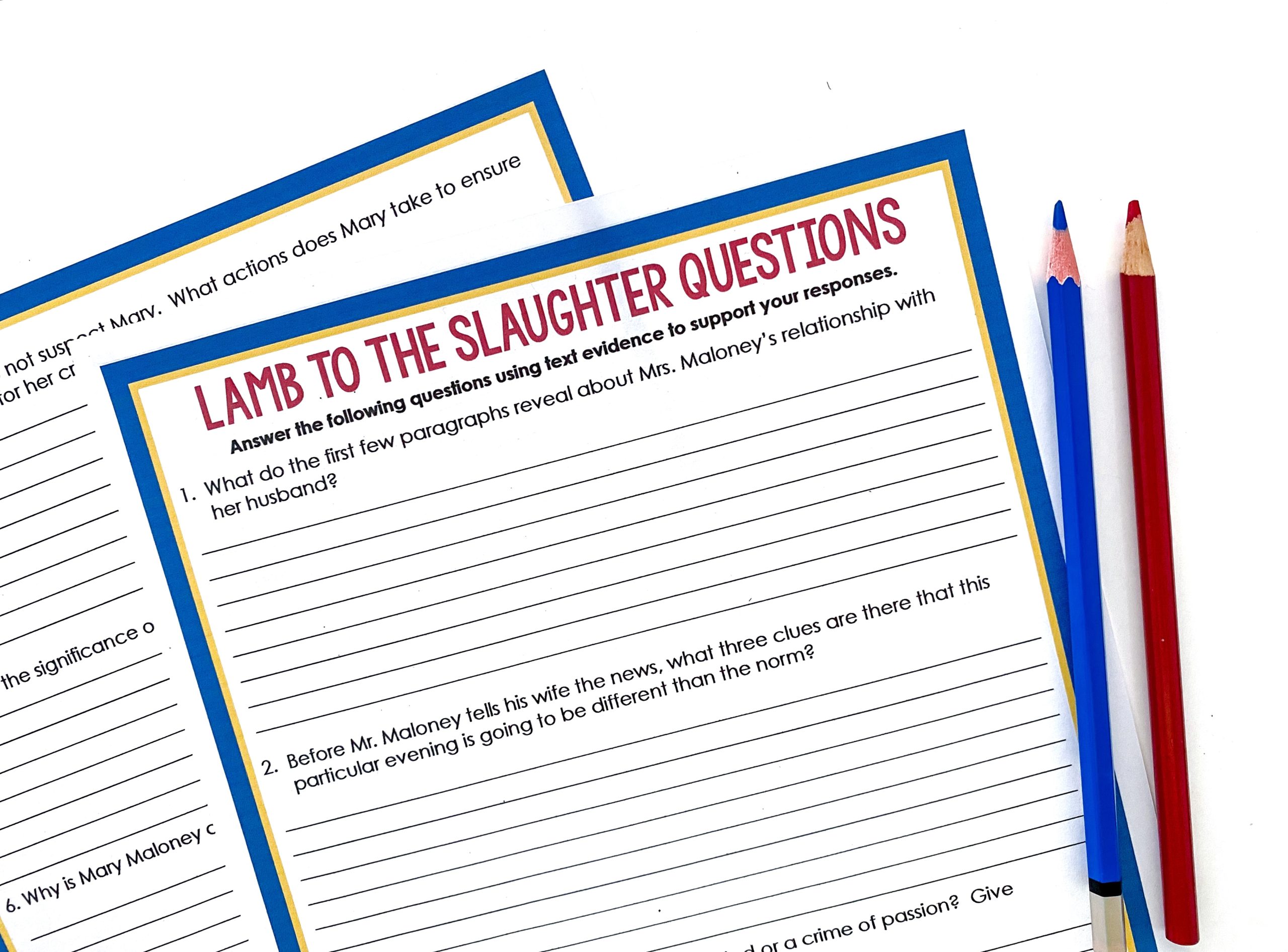

share this post